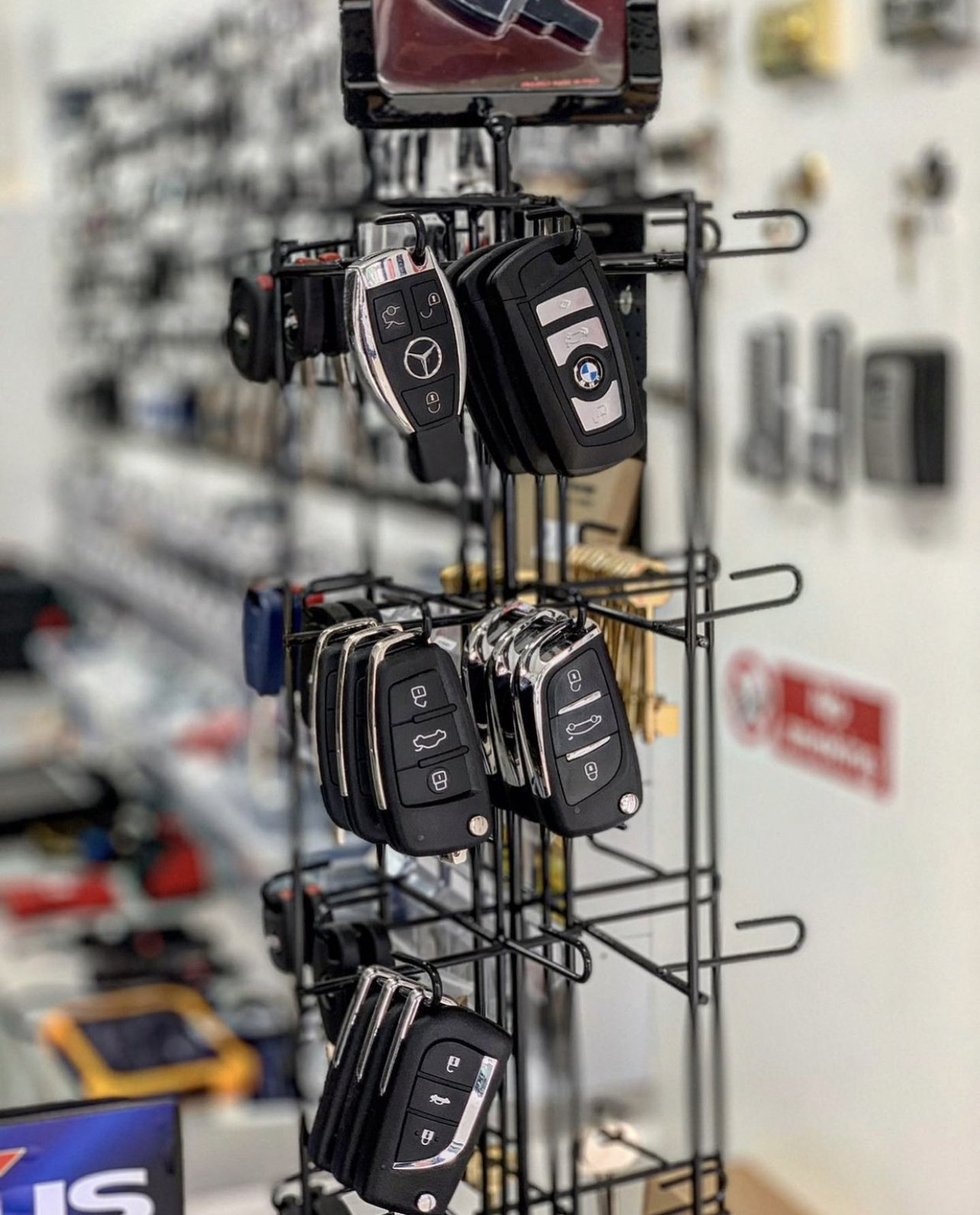Broken Key Repair: Solutions for Common Lock Issues
Introduction
Keys are necessary tools in our every day lives, enabling us to protect our homes, vehicles, and individual possessions. Nevertheless, they can likewise break, resulting in aggravations and hassles. Comprehending how to resolve broken key concerns is important for anyone desiring to keep their locks and ensure access to their property. This article covers different elements of broken key repair, including common causes, repair methods, and preventive measures to avoid future circumstances.
Typical Causes of Broken Keys
Keys can break for numerous reasons. Comprehending these causes can assist in avoiding future events:
- Wear and Tear: Over time, keys can wear down due to frequent usage, leading to weakened shafts that are more likely to break.
- Poor Key Design: Keys that are poorly designed might do not have structural stability, making them more susceptible to breaking under tension.
- Inaccurate Key Usage: Using excessive force to turn a key, specifically in a jammed lock, can easily result in a damage.
- Environmental Factors: Extreme temperature levels or direct exposure to moisture can damage metal keys, leading to brittleness.
- Lock Malfunctions: A malfunctioning lock can position undue tension on a key, triggering it to snap during operation.
Signs of a Broken Key
Recognizing a broken key typically features apparent indications. Here are some signs:
- Partial insertion into the lock: If the key can not be fully placed or eliminated.
- Unexpected resistance: If the key feels stuck when being turned.
- Noticeable divides or fractures: Inspecting the key can reveal cracks or breaks in the metal.
- Insufficient engagement: The key might turn less than needed to actuate the lock.
Approaches for Broken Key Repair
When faced with a broken key, there are several approaches to consider for repair. automobile locksmith near me is important to select the ideal one based on your particular scenario.
1. Remove the Broken Key
If a key breaks within a lock, the first action is to eliminate the broken part:
- Use tweezers or needle-nose pliers: If a piece is protruding of the lock, gently pull it out.
- Place a key extractor tool: This specific tool can assist extract lodged parts better.
| Tool | Best Used For |
|---|---|
| Tweezers | Shallow extraction |
| Key extractor tool | Deeply lodged key pieces |
| Lubricant spray | Easing extraction of stuck parts |
2. Superglue Method
For circumstances where a key has partially broken but is intact enough to stay gripped, the superglue technique may use a temporary fix.
- Clean the broken surface areas completely.
- Apply a thin layer of superglue.
- Hold the pieces together for a few minutes until the glue sets.
Keep in mind: This technique is not a long-term service and must be utilized with caution as the repair can easily stop working under functional stress.
3. Metal Epoxy
For a more robust repair, metal epoxy offers a stronger bond than superglue.
- Follow the guidelines on the epoxy product packaging for preparing the adhesive.
- Apply to the broken area and hold till set (usually a few hours).
4. Duplicate the Key
In instances where lock performance is important, developing a duplicate key is frequently the finest path:
- Visit a locksmith: Many locksmiths can reproduce keys rapidly and effectively.
- Utilize a key-tracing service: Some locksmith professionals use tracing approaches to cut a similar key based upon the remnants.
5. Lock Replacement
When keys consistently break, it might be because of lock problems rather than key stability. In such cases:
- Consult a locksmith to assess the lock's condition.
- Consider changing the lock completely if significant damage or wear is obvious.
Preventing Key Breakage
Avoiding key breakage is typically better than repair. Here are some useful suggestions:
- Limit force on keys: Always turn keys carefully to prevent unnecessary stress.
- Routine key assessment: Check for wear and replace keys revealing signs of damage.
- Use a keychain: Prevent extreme flexing by using a tough keychain.
- Lubricate locks: Ensure locks run efficiently to reduce pressure on keys.
- Shop keys correctly: Avoid positioning keys in environments that can cause rust or corrosion.
Frequently Asked Questions About Broken Key Repair
1. Can I repair a broken key myself?
Yes, you can attempt to repair a broken key yourself using approaches like the superglue or metal epoxy methods. However, these are momentary repairs, and it is advisable to speak with an expert locksmith for a more durable solution.
2. Is it worth repairing a broken key?
In some cases, specifically with emotional or unique keys, a repair might be worth it. For basic keys, replication or replacement is generally more reliable and reputable.
3. How can I avoid my keys from breaking?
To prevent breakage, guarantee that keys are exempt to excessive force, routinely examine them for wear, and keep locks well-kept.
4. When should I seek a locksmith's aid?
If you are unable to eliminate a broken key from a lock or if the lock malfunctions often, it's finest to look for a locksmith's expertise.
Broken keys can provide a significant hassle, however they are manageable with the ideal approach. By comprehending the typical causes and readily available repair techniques, individuals can respond successfully to key breakage. Drawing from preventive procedures will likewise help maintain key stability and performance. Ultimately, a proactive approach to key and lock maintenance can significantly minimize the frequency of these bothersome concerns.

